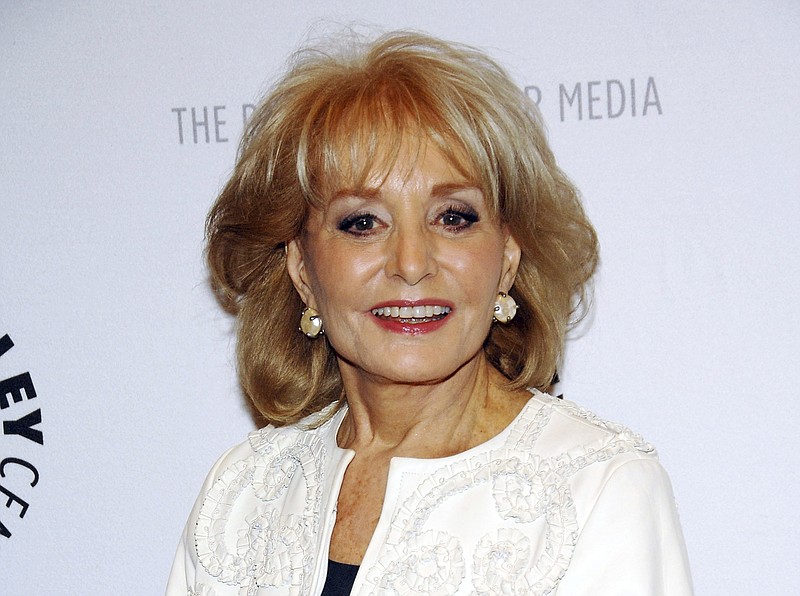No, I didn’t know her. Never met her. But she so inspired me. You see, I was in the first group of students reaching college age after the post-World War II Baby Boom. My group of women friends and I were determined to make our mark.
My mom and my college experience
My mother thought I was going to college, you see, to do two things. I would meet a nice educated young man to marry. And I would gain a career to “fall back on” if I needed it.
But I had other ideas
Those weren’t my thoughts at all! I wanted to gain an education to launch a great career. In my freshman year, I was determined to double major in journalism and political science. I wanted to be a foreign or Washington correspondent and felt I needed to understand how politics work. (I never got to the political science major and still don’t understand politics!)
On the Today show
But during my early college days, Barbara Walters was on the Today show, doing more women’s interest features than hard news. But to me, she shone, as did other female journalism pioneers. They were starting to leave the traditional realms of women’s journalism, like food, fashion and home decorating. And they were entering hard news. Wow!
Bias toward print
I must admit, though, I had a bias toward print news, something Ms. Walters never tried. Her entire life was spent on television. And I decided early on that newspapers, where stories could be longer and deeper, were better than the 30-second sound bites on the screen.
My journalism school class
Most of my female comrades in the University of Missouri School of Journalism felt the push to cover hard news. I had two female classmates who were determined to be war photographers. Don’t know if they made it. And many of my other female classmates intended to write for the front pages of big newspapers, not the women’s pages.
Baby Boom impact
However, several of us worked on the women’s pages of the Columbia Missourian, the daily produced by the School of Journalism for the Columbia, MO, community. Why? Because of the big Baby Boom class, the regular newsroom was filled with students, male and female. Each Columbia City Council meeting, for example, was staffed by at least 20 Missourian student reporters. And few would see by-lines.
On the women’s pages
However, the women’s pages offered us a feature story by-line every week. I also handled the beat of the Inquiring Photographer for a semester, forcing me to think up a clever question each week. I then took my camera to the sidewalks of Columbia to find 10 people willing to answer my question. It was great experience for a somewhat shy little me at the time.
Dorothy Roe Lewis
The women’s pages also gave me an opportunity to work with the late Dorothy Roe Lewis. She had served 19 years as women’s editor for The Associated Press and had been a syndicated columnist for the Chicago Tribune-New York Times News Service.
But that pigeon-holed me a bit
I didn’t realize, however, that working on the Missourian women’s pages would pigeon-hole me to future employers. Near graduation, The New York Daily News flew me to the Big Apple for an interview. I was so excited! The News had a spunky woman in the newsroom, who was always breaking big stories.
Interview went well….until
I thought my day of interviews went extremely well, until the end. That was when the editor asked me where I wanted to work. He would give me choices. Would you rather work in the newsroom or “lifestyle?” I chose newsroom. Would you rather work police beat or “lifestyle?” I chose police. Would you rather work obits or “lifestyle?” I chose obits. With every choice, I steered clear of “lifestyle” because I wanted to be in hard news.
Then rejection
I remember his words well: “We were so impressed with you when we met on campus.” That was the end of the interview. I received the rejection letter a week later.
Small daily for me
I wound up on a small daily in Mexico, MO, where the publisher said he’d use his extensive connections to help me reach my goals. For two years, I covered police, city council and other “hard” news. Then the publisher, who had once served as president and editor of the New York Herald Tribune, helped me get a position at the Des Moines Tribune.
My trajectory was set
At the Tribune, I was covering county government and the sheriff’s office, with the understanding I could move on to the statehouse and then perhaps Washington.
Marriage intervened
But marriage to someone intervened. And I spent the next couple of decades following my husband on his career trajectory around the country. I picked up newspaper or public relations positions as I could.
Then to college advising
After about 15 years in small newspapers and a two-year stint in public relations, I found my way into college media advising. I spent nearly 30 years there, advising students on newspapers, yearbooks, magazines, radio and television. I absolutely found a niche there I loved.
Students I met
Students I met there–male and female–are in newsrooms throughout the country. I especially, of course, am gratified to see the women who have moved into what once were traditional male roles. It’s just not that unusual today, thanks to people like Barbara Walters and others.
Thank you, Ms. Walters
Ms. Walters is so deserving of every accolade she has received. Her in-depth interviews with dignitaries around the world established a benchmark for others. And her tenacity was palpable.

